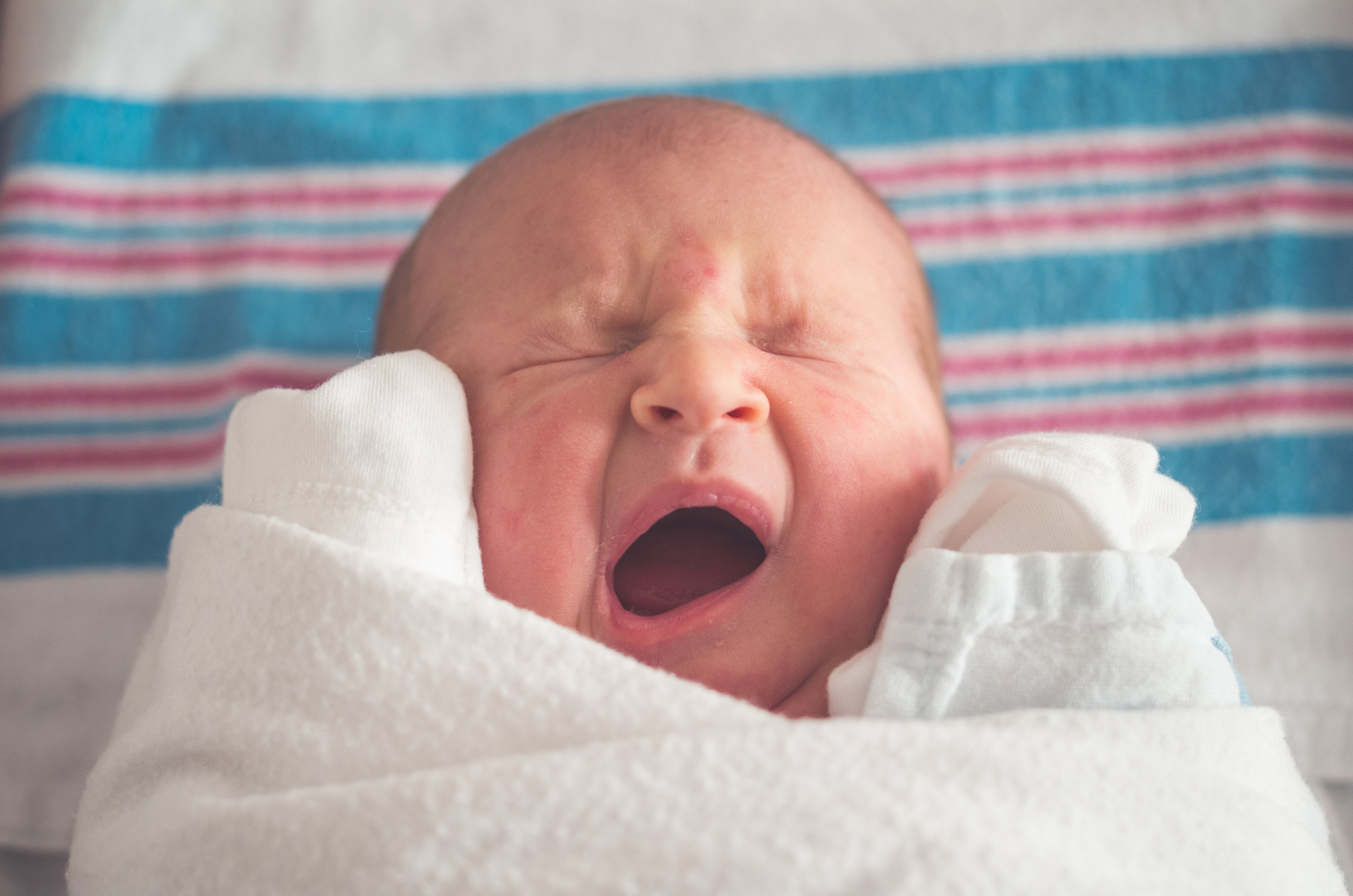 'My baby is suffering from colic, what to do?'
It has now been few days or even weeks that you have welcomed your baby into the world, however, you've noticed that your infant cries regularly.
'My baby is suffering from colic, what to do?'
It has now been few days or even weeks that you have welcomed your baby into the world, however, you've noticed that your infant cries regularly.
If you were expecting sleepless nights and few cries, you are now concerned your newborn might be crying more than normal. The repetitive episodes of prolonge and inconsolable crying are becoming a real concern.
It is normal for a baby to cry as it is the only way he can express himself. If he is hungry for example.
However your baby seems to be crying for no apparent reason:
- he is not hungry,
- he is not cold or hot,
- he doesn't have a wet nappy
Your baby may be suffering from infant colic
Colics are on second position, after gastro-oesophageal reflux, in infants health issues and are present in 10 to 40% of infants.
WHAT IS COLIC
Abdominal discomfort, excessive crying for many hours per day or night and difficulties settling down can be very stressful situations for both babies and parents who often found managing colic overwhelming, as it affects baby’s sleep and feeds.
However, be reassured that your baby is still in good health.
Colic is not a disease in itself and it usually resolves by itsel by 3 months, or during the 1st year of life.
Osteopathy, often combined with medication, can help relieve symptoms of colic.
SIGNS THAT INDICATE MY BABY MIGHT SUFFER FROM INFANT COLIC
- Symptoms usually start week 2 or earlier
- Inconsolable crying or fussing lasting few hours, and usually worse in late afternoon or early evening
- Signs of discomfort such as red face, arching back and clenching fists
- Unsettle, jumpy, difficulty sleeping
- Crying for no apparent raison: baby is not hungry, doesn't have a wet nappy, is not cold/hot..
- Excessive and explosive flatulences, excessive bowel sounds, hard and distended abdomen, frequent watery/mucousy stools.
HOW CAN CRANIAL OSTEOPATHY HELP?
Osteopathy doesn't subside to medical treatment, however it can have an important role in optimising gut function by identifying and minimising the underlying causes of your baby's symptoms. Your osteopath will also rule out other factors that might contribute to it (such as allergies...) and refer your baby for further medical management when needed.
Using gentle techniques, your osteopath will focus on the following areas :
- The digestive system: Gentle techniques to help get rid of the winds and empty the bowels.
- The thorax and diaphragm: This can often be strained during delivery, causing a torsion in the diaphragm. Additionally, prolonged and excessive crying due to abdominal discomfort in colicky baby causes tension in the thoracic region, increasing the sensation of discomfort for baby. Your osteopath will use gentle techniques to balance the rib cage and release torsions through the diaphragm.
- The neck, head and mouth: By gently releasing tension in the neck and around the mouth. Osteopathy contributes to improve suckling, reducing air swallowing during feeds. Also, the vagus nerve, which exits from the base of the skull and supplies the digestive system, can be irritated or compressed during the birth process. Irritation of this nerve is thought to contribute to colicky symptoms.
- Visceral tensions caused by colic can create spinal tensions, which can affect the mobility of the back and neck, which in turn can interfere with proper food absorption as well as making breastfeeding more challenging.
3 TIPS TO HELP REDUCE SYMPTOMS OF INFANT COLIC
Tip 1 Tummy massage Tummy massage helps improve the digestive transit and reduce bloating. Gently massage his tummy in clockwise direction, outward from the umbilicus to help move along trap winds and bowels. Avoid tummy massage after feeds.
Tip 2 holding baby in vertical position Try to keep your baby as upright as possible while feeding to reduce risk of air swallowing. If you are breastfeeding, make sure he is fully emptying one breast before moving to the other.
Tip 3 Burping Take time to burp your baby after every feeds. Holding him upright over your shoulder for example then gently rub his back to bring up wind.
Courtesy of OC Osteopath, Sabrina Peyandane
